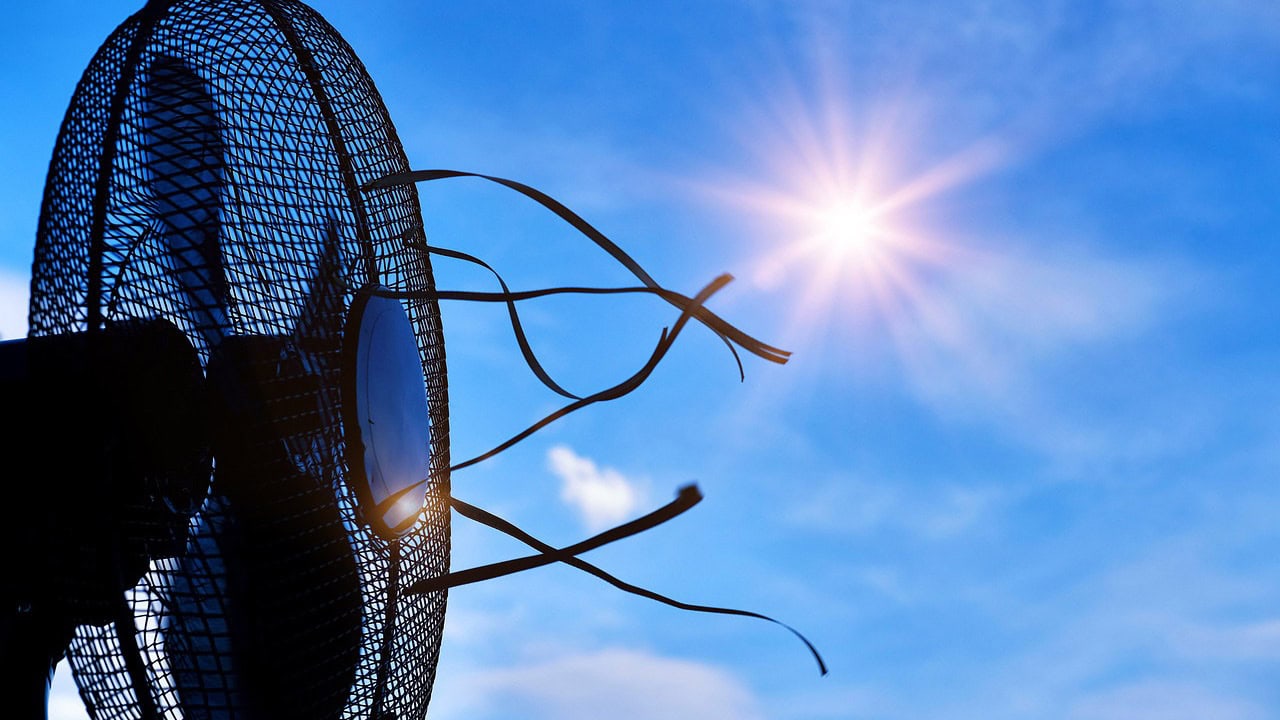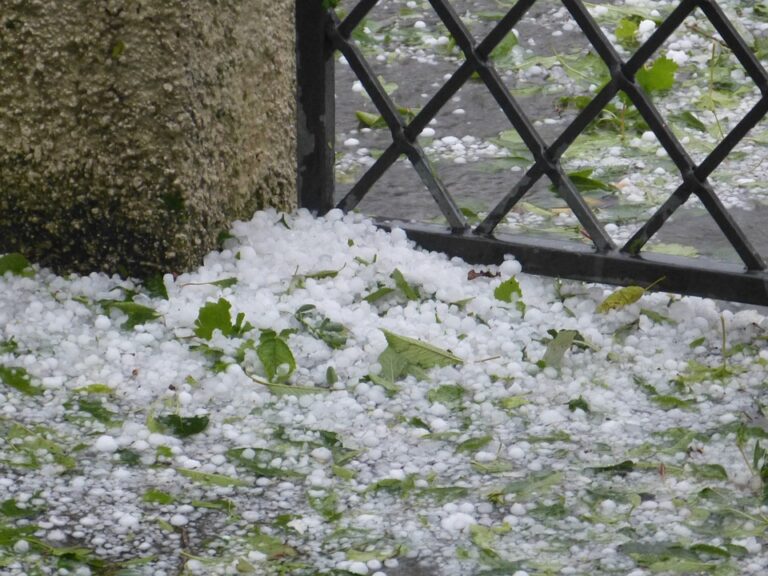Understanding Heat Waves: A Growing Concern

Heat waves have become an increasingly common occurrence in recent years, with climate change playing a significant role in their frequency and intensity. As temperatures soar, understanding how to prepare for and manage these extreme weather events is crucial for ensuring safety and well-being.
Heat waves are extended periods of excessively hot weather, which may be accompanied by high humidity. They pose serious health risks, particularly to vulnerable populations such as the elderly, young children, and those with pre-existing health conditions.
The impact of heat waves extends beyond health, affecting infrastructure, agriculture, and energy consumption.
The Science Behind Heat Waves
Heat waves occur when a high-pressure system traps warm air in a particular area, causing temperatures to rise significantly above average for several days or even weeks. This phenomenon is exacerbated by climate change, which has led to an increase in global temperatures and altered weather patterns.
Research suggests that as the planet continues to warm, heat waves will become more frequent, longer, and more intense. This underscores the importance of being prepared and understanding how to mitigate their effects.
Recognizing the Signs of a Heat Wave
Being able to identify the onset of a heat wave is the first step in preparedness. Here are some indicators to watch for:
- Sustained High Temperatures: Temperatures remain significantly above average for an extended period.
- Increased Humidity: High humidity levels can exacerbate the feeling of heat, making it difficult for the body to cool down.
- Weather Alerts: Pay attention to weather forecasts and alerts from local authorities.
Preparing Your Home for a Heat Wave
A well-prepared home can provide a refuge from the oppressive heat. Here are some tips to ensure your living space remains cool and comfortable:
Optimize Cooling Systems
Ensure that air conditioning units and fans are in good working order. Clean filters and consider servicing your units to improve efficiency.
If air conditioning is not available, use fans strategically to circulate air and create a cross-breeze by opening windows during cooler parts of the day and closing them when temperatures rise.
Insulate and Shade
Use thermal curtains or blinds to block direct sunlight, keeping indoor spaces cooler. Insulate windows and doors to prevent cool air from escaping and hot air from entering. Plant trees or install awnings to provide natural shade around your home.
Create a Cool Room
Designate one room as a cool retreat where you can spend the hottest parts of the day. Keep this room as shaded and insulated as possible, and use fans or a portable air conditioner to maintain a comfortable temperature.
Personal Safety During a Heat Wave
Your personal health and safety should be a top priority during a heat wave. Here are some strategies to protect yourself and your loved ones:
Stay Hydrated
Drink plenty of water throughout the day, even if you don’t feel thirsty. Avoid alcohol and caffeinated beverages, as they can dehydrate you. Consider sports drinks to replenish electrolytes lost through sweating.
Dress Appropriately
Wear lightweight, loose-fitting, and light-colored clothing to reflect heat and allow your body to cool naturally. A wide-brimmed hat and sunglasses can provide additional protection from the sun.
Avoid Strenuous Activity
Limit outdoor activities during the hottest parts of the day, typically between 10 a.m. and 4 p.m. If you must be outside, take frequent breaks, stay in the shade, and keep hydrated.
Community and Social Considerations
Community support plays a vital role during extreme weather events. Here’s how you can contribute and stay connected:
Check on Vulnerable Neighbors
Reach out to elderly or disabled neighbors who may need assistance. Ensure they have access to a cool environment and adequate hydration.
Participate in Community Cooling Centers
Many communities establish cooling centers in public buildings during heat waves. These centers provide a cool environment for those without access to air conditioning at home. Be aware of their locations and services.
Share Resources and Information
Use social media and community boards to share tips, resources, and updates on heat wave conditions. Staying informed can help everyone make better decisions in managing the heat.
Long-Term Strategies for Heat Wave Preparedness
While immediate actions are essential, long-term strategies can help mitigate the impact of future heat waves:
Invest in Sustainable Infrastructure
Governments and communities should focus on sustainable urban planning, including green spaces, reflective materials, and efficient public transportation systems that reduce heat absorption and promote cooling.
Promote Energy Efficiency
Encourage the use of energy-efficient appliances and renewable energy sources to reduce the strain on power grids during high-demand periods.
Advocate for Climate Action
Support policies and initiatives aimed at reducing carbon emissions and tackling climate change. Individual efforts, when combined with collective action, can drive significant change.
Conclusion: Embracing Resilience in the Face of Heat Waves
Heat waves, a growing concern in our changing climate, require both immediate preparedness and long-term resilience strategies. By understanding the science behind them, preparing our homes, safeguarding personal health, and fostering community support, we can effectively navigate these extreme weather events.
As we continue to advocate for sustainable practices and climate action, we can mitigate the impact of heat waves and protect our communities for future generations. Embracing resilience and adaptability is key to thriving in our warming world.






